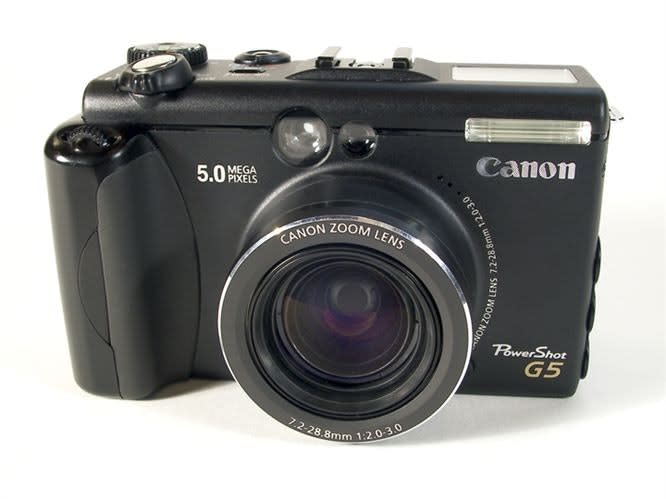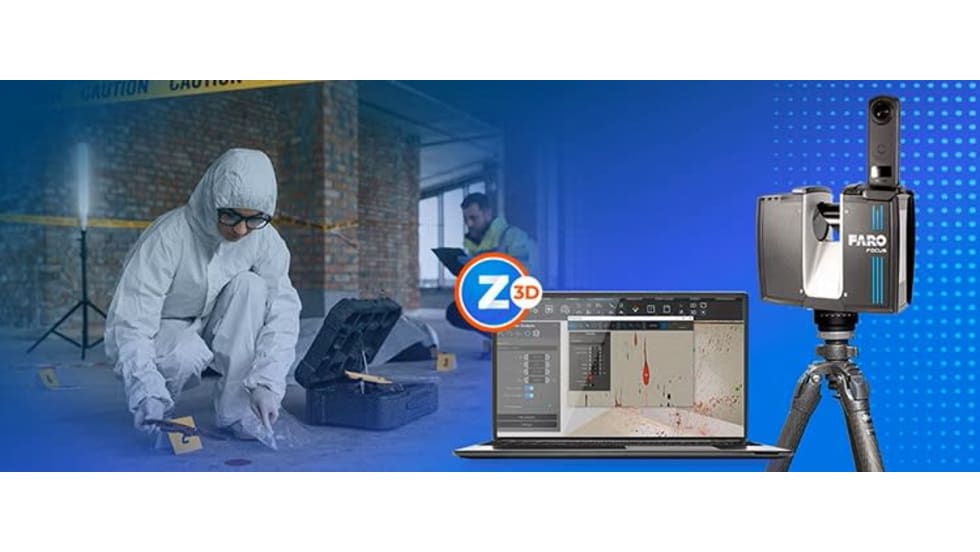Photo documentation is critical to successfully investigating domestic violence cases. It allows us to create a record of the crime scene; visually illustrate the severity of injuries to the victim; establish the chain of evidence needed to prosecute; aid in prosecution without a victim's testimony; and help to break the cycle of violence. Across the country, more than 50,000 cops, sheriffs, and district attorneys have come to rely on Polaroid instant photographs as a means to document domestic violence injuries and, ultimately, prosecute the perpetrators of these crimes. In fact, Polaroid instant cameras are standard equipment for one out of three law enforcement officers in the United States. The two Polaroid systems most useful for law enforcement applications are the Macro 5 SLR and the Spectra Law Enforcement Kit.
Macro 5 SLR
Originally designed for dental use, the Macro 5 SLR is an ideal camera for close-ups. It's also portable and easy to use. The camera captures minute details such as fingerprints and serial numbers, making it useful in many types of investigations, including homicides and drug lab busts.
Macro 5 SLR cameras boast five built-in magnification settings-20 percent of life-size, 40 percent, full size, and two times and three times full size. This precise degree of magnification allows you to document the exact size of injuries, such as grab marks and slap imprints, as well as capture close-up images of bruises and cuts, all of which can be crucial when prosecuting an assault claim.
A date stamp function embeds the month, day, and year on each photograph. Other features include an electronic flash and a focusing system which uses a dual light beam that intersects at the point of interest to indicate optimum focus.












